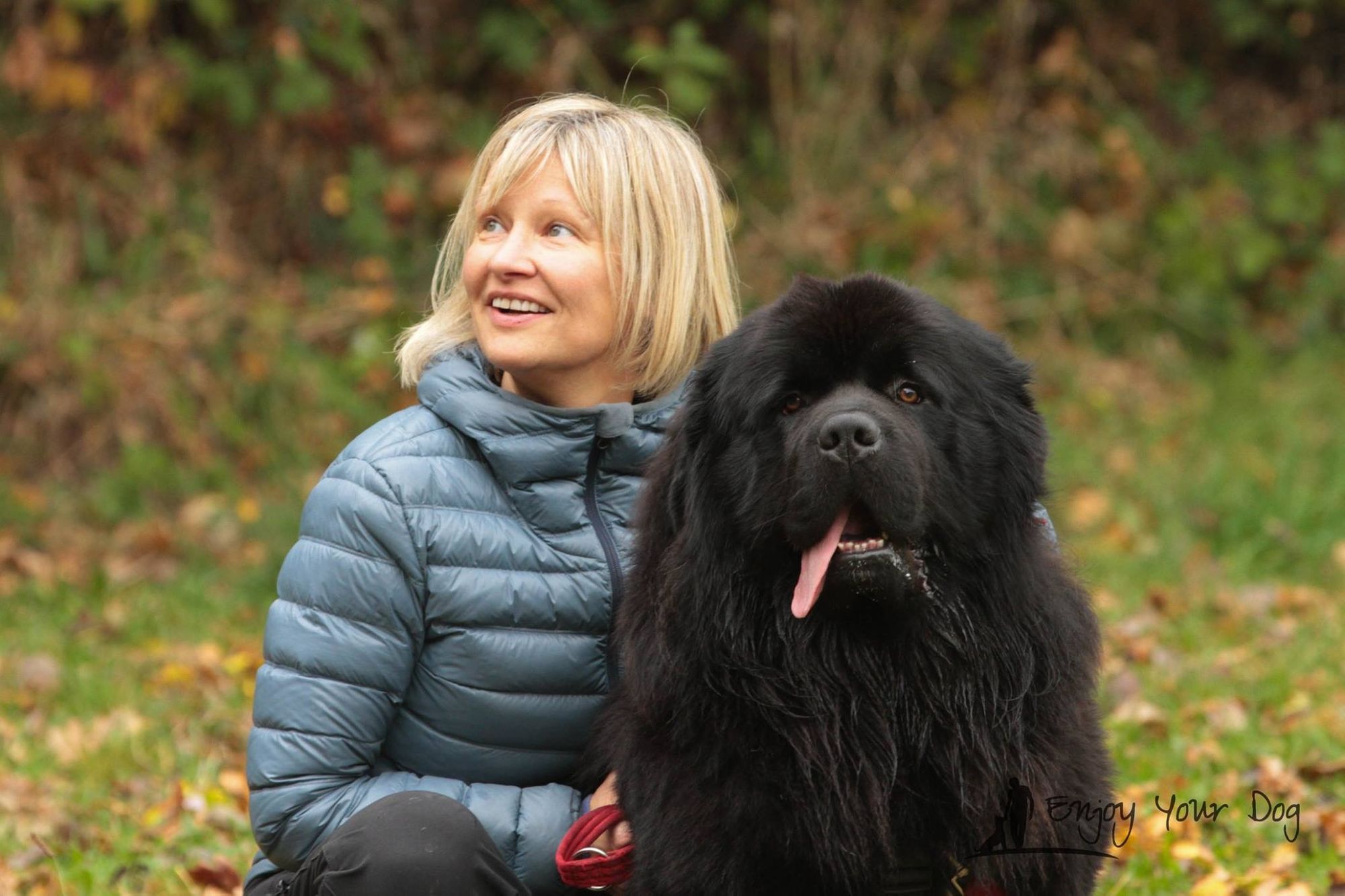Here is what every dog owner should know!
With a long career as a human physiotherapist, the issue of pain and its’ impact on behaviour in our companion animals is an area of particular personal interest. The potential role of pain in problem behaviour and its’ impact on training is widely recognised in the literature (Mills et al., 2020).
Pain can be a component of aggressive behaviour, especially if this is a sudden change in the dog’s behaviour, and it can also manifest signs of noise sensitivities and separation anxiety, especially in the older dog that has not previously shown that behaviour (Mills et al., 2020). For an animal that is not learning as quickly as would be expected, or not responding to cues as fast as they normally do, this may be a training error, or there could be some component of pain.
What does pain look like in our dogs?
- Shifting weight off a limb.
- Stiff when getting up from lying.
- Limping.
- Reluctant to go up or down stairs, on / off furniture, or in and out of the car.
- Decreased appetite.
- Unable to settle or sleep.
- Reluctance to be petted or groomed.
- Reluctance to posture when toileting (squatting or cocking leg) - a consideration in dogs that have started to soil in the house.
- Licking or chewing at a spot.
- Unwillingness to play, isolating self or a ‘depressed’ demeanour.
- Reluctance to go for a walk, freezing on a walk, or refusing to enter a room or part of the house with potentially slippery floors.
- Decreased activity or exercise tolerance.
Some owners with dogs in their senior years may regard decreased activity as a function of getting older, but old age is not a disease, so if you have a dog that has been active and their activity level either suddenly or gradually diminishes, it is important to consider that pain may be a component of this and seek the advice of your family veterinarian, for a health check.
Danielle McMahon, an experienced Veterinary Physiotherapist has shared her top 10 expert tips on helping manage pain in our companion dogs; it is well worth having a read.
Photo by Tuomas Härkönen on Unsplash
References
Mills, D. S., Demontigny-Bédard, I., Gruen, M., Klinck, M. P., McPeake, K. J., Barcelos, A. M., … Levine, E. (2020). Pain and Problem Behavior in Cats and Dogs. Animals : An Open Access Journal from MDPI, 10(2). https://doi.org/10.3390/ani10020318


